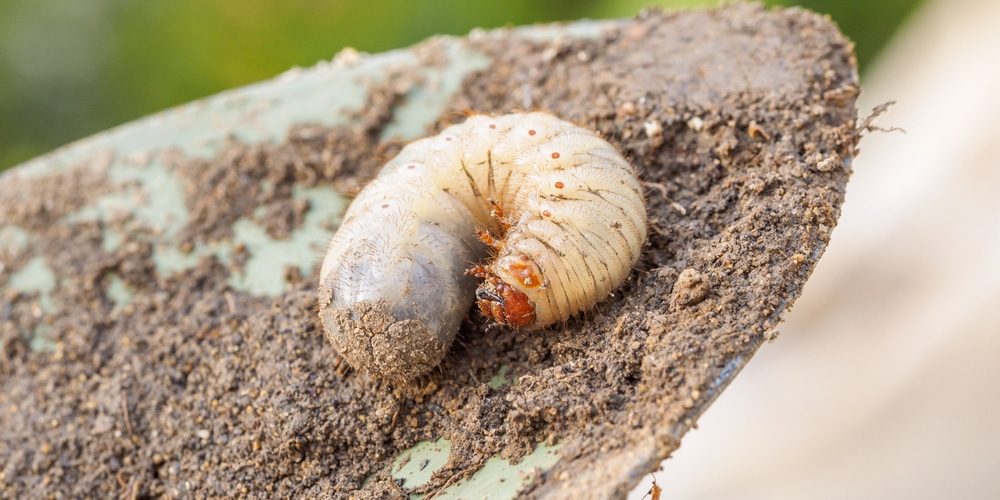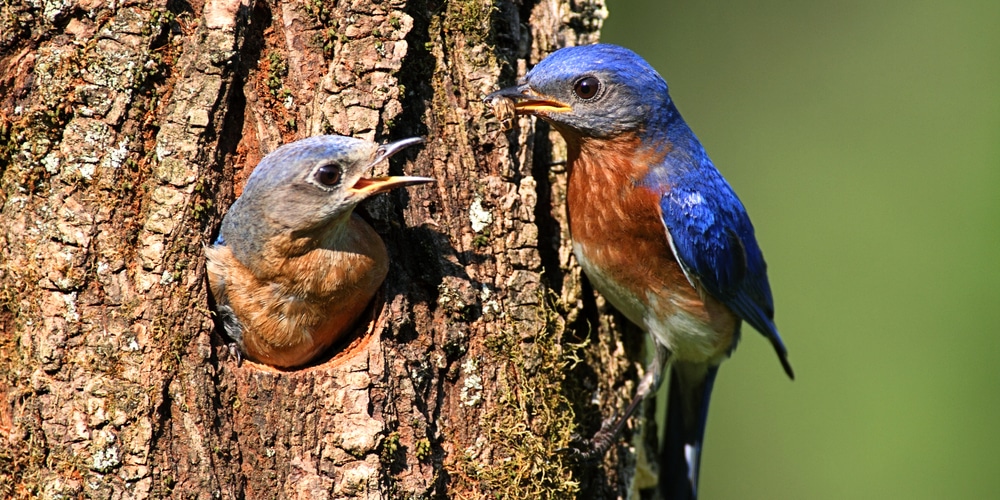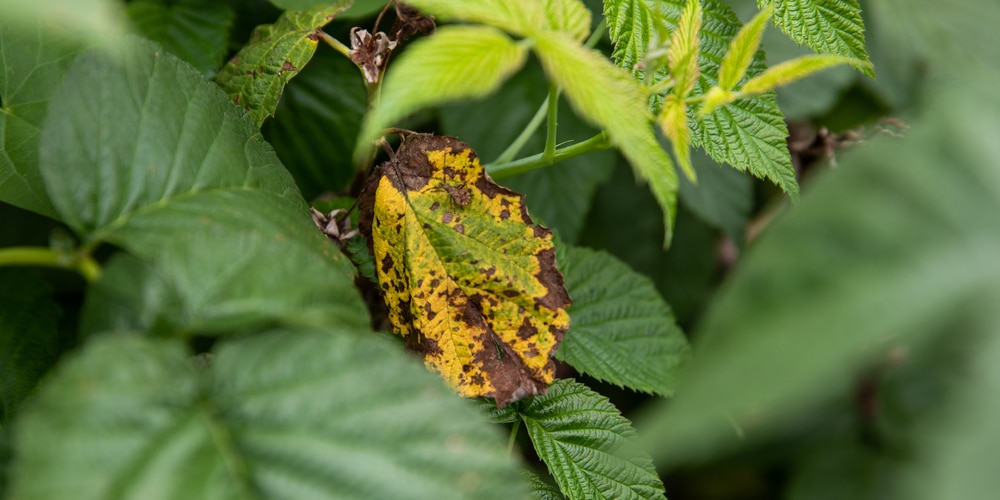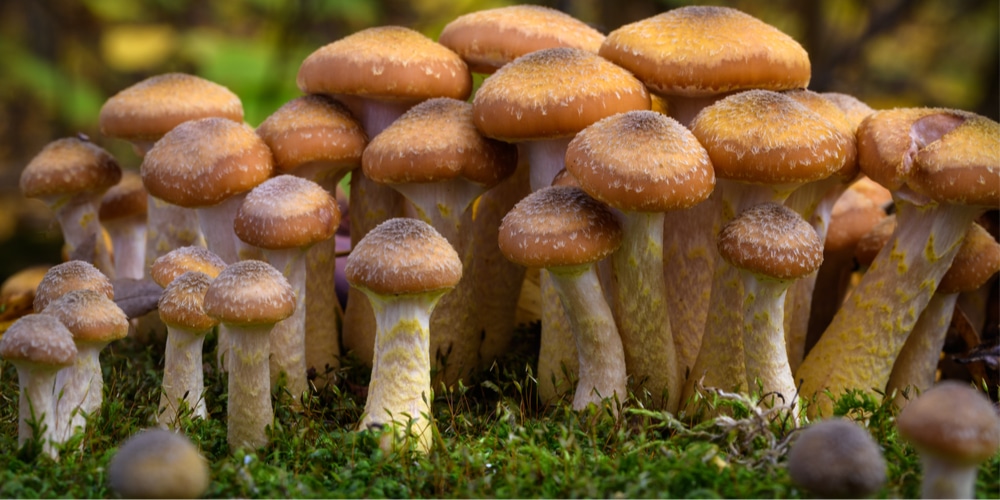Have you ever looked out at your garden and noticed that your plants just don’t seem to be growing as well as they should be? Chances are, you’re not the only one. Plant problems can be caused by various factors, including pests, disease, and poor soil conditions.
But how can you tell what’s causing the problem? One way to narrow things down is to look for grub vs fungus damage signs.
Grub Damage Signs
Grubs are small, white insects that live in the soil and feed on plant roots. They often go undetected until plants show signs of stress, such as wilting or yellowing leaves. If you suspect that your plants are being damaged by grubs, there are a few things you can look for:
Plants Wilting Or Turning Yellow
One sign that grubs might be present and doing damage to your lawn is if the plants start to wilt or turn yellow. The leaves will begin to turn yellow and brown as the plant slowly dies. If you see this happening in small patches garden your lawn, grubs likely are to blame.
Stunted Growth
Another sign of grub damage is stunted growth. This happens when the grub prevents the plant from getting the water and nutrients it needs to grow. The plant will appear smaller than expected and may have fewer leaves than usual.
Drier Than Usual Soil
If you notice that the soil in your garden is drier than usual, it could be a sign of grub damage. The top layer of soil will start to look and feel dry and crusty. If you suspect that grubs are causing this problem, you can try to dig up a small section of the affected area to look for the insects.
Presence Of Birds
One final sign that grubs might be damaging your plants is the presence of birds or other animals digging around on your lawn. They’re looking for an easy meal, and grubs are a favorite food source for many animals. If you see birds poking around in your garden, it’s a good idea to check for grubs.
Grub Damage vs Fungus: Fungus Damage Signs
On the other hand, fungi usually affect already stressed or weakened plants. Fungi will take advantage of the plant’s weakened state and start to grow on the leaves or stems. If you think your plants might be suffering from fungus damage, there are a few things you can look for:
Dark Spots On Leaves
One of the most common signs of fungus damage is dark spots on the leaves. These spots are usually brown or black and range from tiny dots to large blotches. The spots might be spreading, and the leaves may eventually turn yellow and fall off.
Mushrooms Growing Nearby
Another sign that fungus might be present is the growth of mushrooms or other fungi nearby. Fungi often grow in damp, shady areas, so if you see mushrooms growing in your garden, it’s a good idea to check for damage.
Stunted Growth
Like with grubs, stunted growth can also signify fungus damage. If your plant’s leaves are smaller than normal or the stem is thinner than usual, it could indicate a problem with the roots. In some cases, you may also notice that the plant is not growing as quickly as it should be. This can be a sign of several different types of fungi, so it’s important to take a closer look at your plant to identify the problem.
Yellowing Or Browning Leaves
Another common symptom of fungus damage is yellowing or browning leaves. This can be caused by several fungi, but it is often a sign of root rot. Root rot is a severe problem that can quickly kill your plant.
If you notice that your plant’s leaves are starting to turn yellow or brown, it’s important to take action immediately. Remove the affected leaves and try to improve the drainage in the area to help prevent the problem from returning.
Grub damage vs fungus: Final Thoughts
So, what can you do if you think your plants suffer from grub or fungus damage? The best thing to do is take a closer look at the plants and identify the problem. Once you know what’s causing the damage, you can take steps to treat it and prevent it from happening again.
Related Article: Bermuda Grass Fungus



